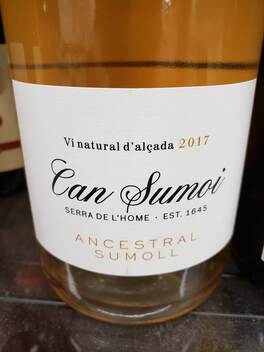
Raventos' Can Sumoi Ancestral Sumoll 2017 is an approachable pet nat (Pétillant-naturel) made with an rare grape. I tasted peaches, apricots and a bit of red berry in this fine bubbled wine. There is also a tiny hint of bitterness on the finish and something reminiscent of bruised orchard fruit . This is, despite the exotic description and grape, an accessible wine This will please fans of pet nats and natural wines but also people with more staid tastes.
There is a bit of creaminess in this golden-hued vino. For a a pet nat you don't get the funk that some find off putting but you do get a unique and interesting confluence of flavors and sensations. This clearly isn't a Champagne nor is it like other Champagne method wines from Raventos but that is a good thing. The wine is 100 percent Sumoll, uses indigenous yeast and adds no sulfur. It has about the same pressure in the bottle as a Champagne.
Summoll is a rare grape. Depending on the source there are between 200-250 hectares (500ish acres) grown in Penedes, Spain. The grape can produce quality red wines (including this one). It is not surprising that it has been used in Cavas as well. It has a reputation as a difficult grape to work with but the examples I've found have been worth the effort.
Can Sumoi is the new natural wine label from Pepe Raventos and Francesc Escala. Nearly a thousand acres of land at 600 meters of altitude. They grow
Montonega (a relative of Parellada), Xarel-lo and Sumoll. Find out more HERE.
It is to be hoped we see more from Can Sumoi.
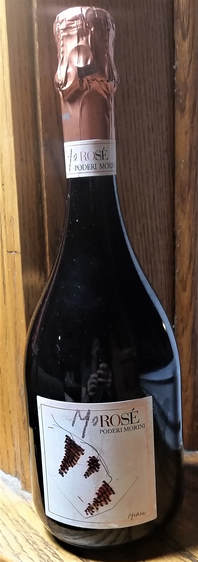

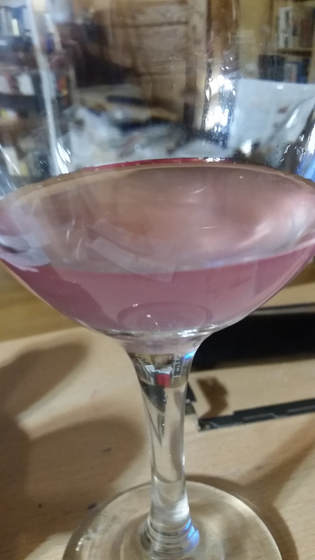
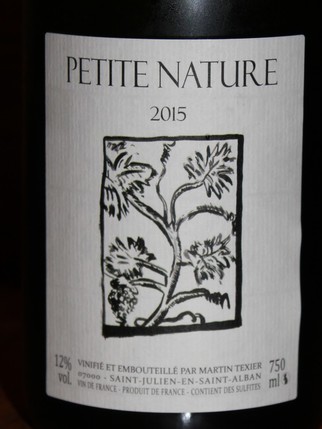

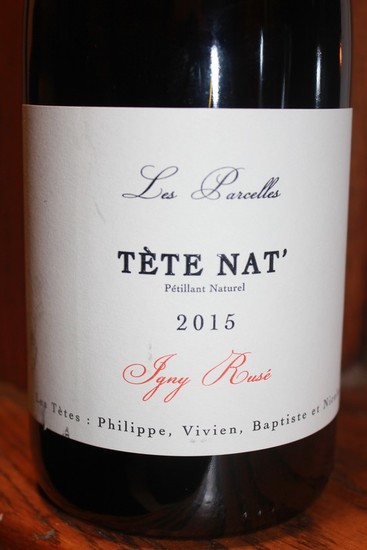
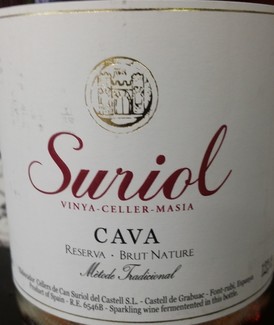

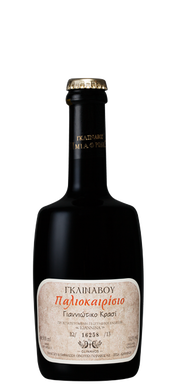
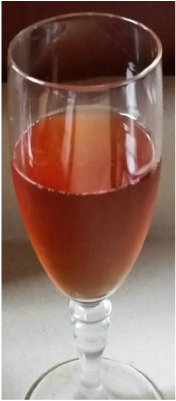
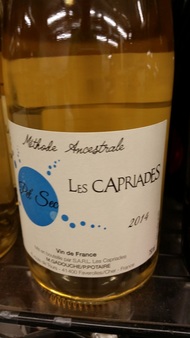
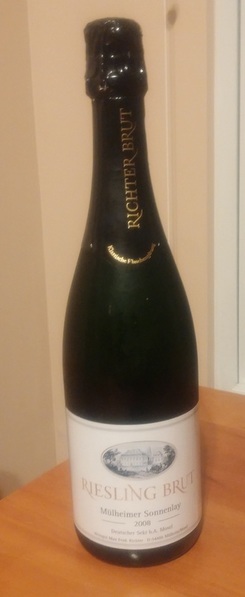
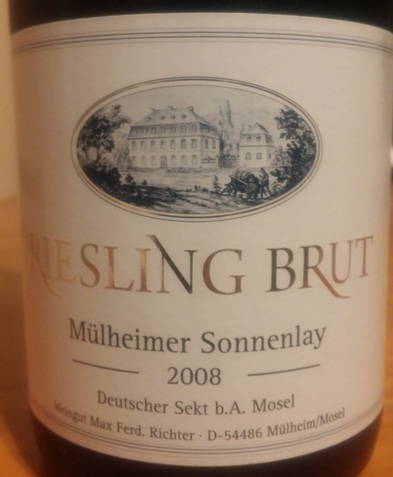
 RSS Feed
RSS Feed